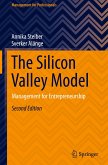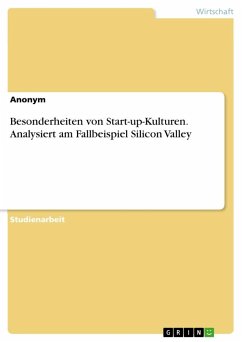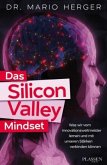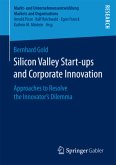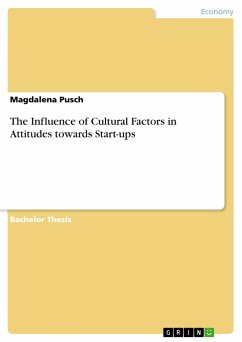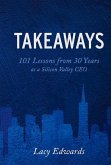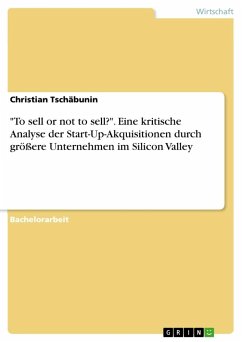Academic Paper from the year 2020 in the subject Business economics - Business Management, Corporate Governance, grade: 1, Donau-Universität Krems (Fakultät für Wirtschaft und Globalisierung), language: English, abstract: The main objective of this paper is to summarize the key insights I obtained during my study trip in San Francisco in 2019. Most of the insights I present here are applicable to everyday business circumstances, regardless of whether one is an entrepreneur, intrapreneur, manager, leader or rank-and-file employee.Entrepreneurs establish new businesses in the face of risk and uncertainty by identifying significant opportunities and assembling the resources needed to capitalize on them, with the ultimate aim of achieving profits and growth. Accordingly, the identification and evaluation of opportunities is one of the entrepreneur's most important tasks. Emerging needs can often be identified through an examination of social, technological, and economic trends. To besure, good opportunities are associated with market needs. Once a clear understanding of the problem not currently addressed by the market has been obtained, ideas must be formed to solve the problem. Investors are particularly drawn to ideas that solve big problems, as they often represent large opportunities. Iterative prototyping and testing in collaboration with users can furnish a better understanding of user needs. A minimum viable product can then be developed and offered to users. This 'Design Thinking' approach helps to clarify the problems faced by key prospective users.In the introduction, the terms entrepreneur, entrepreneurship and design thinking are described. In the following section, the top five key learnings of the study tour are discussed in detail (Section 2). 'From Idea to Enterprise' (Section 2.1) describes the core issues around deciding to pursue an entrepreneurial vision and the characteristics vital to success. 'Launching the Company and Team Building' (Section 2.2) talks about putting together a solid financial plan for the enterprise, including funding strategies. The team building process is described using the case ProjectSHED. 'Diversity in Entrepreneurship' (Section 2.3) discusses challenges faced by female entrepreneurs and the opportunities for mixed-gender founder teams. 'Driving Innovation' (Section 2.4) describes the concept of innovation potential within a company. The last day of the study trip focused on the skill set needed by an entrepreneur (Section 2.5). The essential findings are summarized in the concluding section (Section 3).


